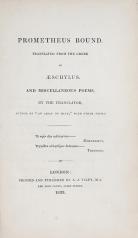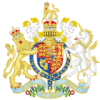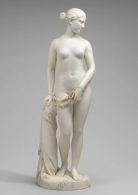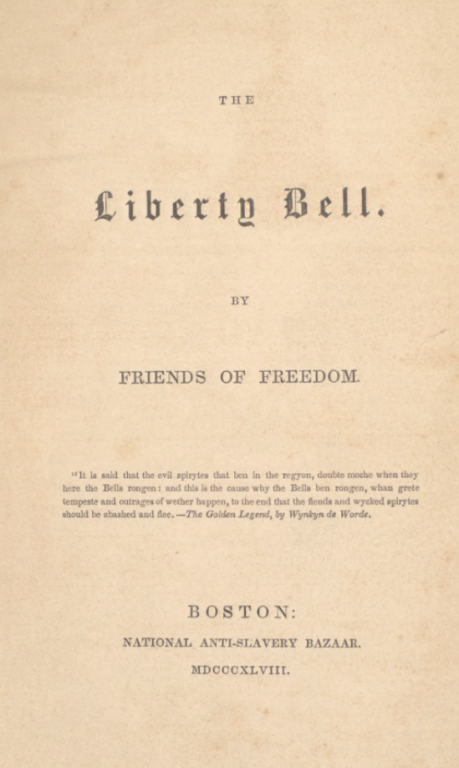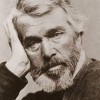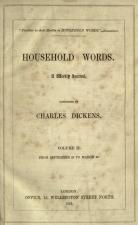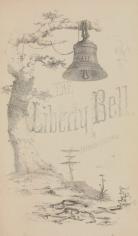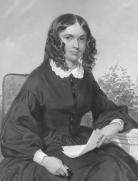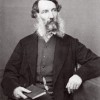Key Events: EBB and the Road to Freedom
Created by Emily Crider on Mon, 01/27/2025 - 10:22
Part of Group:
This timeline tracks key events in the life of Elizabeth Barrett Browning, her anti-slavery poetry, and the fight for abolition across the British Empire. In doing so, it contextualizes EBB and her work within the scope of British sociopolitics, charting historical moments of overlap and divergence between the two.
Timeline
Chronological table
| Date | Event | Created by | Associated Places | |
|---|---|---|---|---|
| 22 Jun 1802 |
Criminal Jurisdiction Act passed
Articles |
David Rettenmaier | ||
| 6 Mar 1806 |
Birth of Elizabeth Barrett BrowningOn 6 March 1806, Elizabeth Barrett Browning was born as Elizabeth Barrett Moulton-Barrett in Coxhoe, County Durham, England. Her parents were Edward Barrett Moulton-Barrett, a son of the landowning "Barretts of Jamaica," and Mary Graham Clarke, whose family also benefitted from slave labor and the sugar trade in the West Indies. In addition to her famous marriage to fellow poet Robert Browning, EBB would become one of the most celebrated poets of the Victorian period and is now most known for her collection Sonnets from the Portuguese and verse novel Aurora Leigh. |
Emily Crider | ||
| 25 Mar 1807 |
British Slave Trade AbolishedIn a development inspired by the testimonies of enslaved and formerly enslaved campaigners such as Ignatius Sancho and Olaudah Equiano, as well as British abolitionists like Thomas Clarkson and William Wilberforce, the official Act of Parliament abolishing the British slave trade was passed on March 25, 1807, to begin on May 1st of that year. Though landowners were still permitted to use their existing enslaved labor force (slavery itself wouldn't be officially outlawed in the British Empire until 1833 with the passage of the Slavery Abolition Act), this marked the first major success in the campaign to end slavery in the British Empire. |
Emily Crider | ||
| 1820 to 1822 |
Elizabeth Barrett Browning Writes "The African"It is estimated that Elizabeth Barrett Browning wrote "The African," an early work of juvenilia, between 1820 and 1822, when EBB was around 16 years old. The narrative poem, which tells the story of a runaway slave based on a story shared with her by her paternal cousin Richard Barrett, is the first and longest of EBB's anti-slavery poems and effectively reveals her early investment and participation in abolitionist discourse. Having never been published, "The African" exists only in manuscript form.
|
Emily Crider | ||
| 31 Jan 1823 |
Founding of the Anti-Slavery SocietyAlso known as the Society for the Mitigation and Gradual Abolition of Slavery Throughout the British Dominions and, later, the London Anti-Slavery Society, the Anti-Slavery Society was founded with the purpose of advocating for the eradication of slavery in the British Empire. Following the passage of the Slavery Abolition Act of 1833, a new organization, the British and Foreign Anti-Slavery Society was formed in its place, shifting the focus to abolition on a global scale. |
Emily Crider | ||
| 25 Dec 1831 to 5 Jan 1832 |
The Baptist WarLasting from Christmas day in 1831 until its eventual suppression on January 5, 1832, the Great Jamaican Slave Revolt was led by Black Baptist preacher Sam Sharpe. The uprising began as a strike centered on demands for increased wages but became violent on December 27th with the burning of the Kensington Estate in Montego Bay. Despite a crucial victory early on due to stockpiled weapons and ammunition, the enslaved workers' cause was weakened when martial law was enacted on December 31st, and the forces surrendered entirely by January 5th. The uprising became one of the largest in the West Indies, involving nearly 60,000 members (or 20%) of the island's enslaved population. By the end of the fight, rebel forces had set fire to over 100 properties. There were no deaths on the side of the colonial military and over 500 on that of the enslaved Jamaicans--207 killed during the revolt and another 310 to 340, including Sharpe, executed afterward. Despite the defeat of the enslaved population, the revolt played a crucial role in furthering abolitionist causes across the British Empire, as seen in the passage of the Slavery Abolition Act in August of the following year. |
Emily Crider | ||
| 1833 |
Elizabeth Barrett Browning Publishes "The Appeal"In 1833, Elizabeth Barrett Browning published "The Appeal," the second of five anti-slavery poems EBB wrote throughout her life, for the first and only time. EBB published the volume in which it appeared, titled Prometheus Bound, translated from the Greek of Æschylus, and Miscellaneous Poems by the Translator, anonymously. Notably, the poem's 1833 publication aligns it with the passage of the Slavery Abolition Act, which outlawed slavery across the British Empire. |
Emily Crider | ||
| 29 Aug 1833 |
Slavery Abolition Act
Articles |
David Rettenmaier | ||
| 1841 to 1843 |
Hiram Powers Sculpts "The Greek Slave"Though American sculptor and artisti Hiram Powers created The Greek Slave as a representation of Turkish atrocities committed during the Greek War of Independence, it quickly became a commentary on slavery in the United States. In the late 1840s and later in the 1850s, the statue was shown in various U.S. cities to mixed reactions. In 1845 and 1848, it made appearances in London and was featured in the U.S. exhibit at the Great Exhibition of 1851. |
Emily Crider | ||
| 1848 |
Elizabeth Barrett Browning Publishes "The Runaway Slave of Pilgrim's Point"Elizabeth Barrett Browning published "The Runaway Slave of Pilgrim's Point" for the first time in the 1848 edition of the Boston-based abolitionist publication The Liberty Bell. The third of five anti-slavery poems EBB wrote throughout her life, "The Runaway Slave" is the first of these works to directly address the issue of slavery beyond the scope of the British Empire, which had outlawed slavery in 1833.
|
Emily Crider | ||
| Dec 1849 |
Carlyle's "Negro Question"
Articles |
David Rettenmaier | ||
| 26 Oct 1850 |
Elizabeth Barrett Browning Publishes "Hiram Powers' Greek Slave"Elizabeth Barrett Browning originally published "Hiram Powers' Greek Slave" in the first volume of Charles Dickens's Household Words. Because the statue was, at the time of the poem's inception, being displayed across the U.S. and Britain, it is likely that EBB either saw the statue (or a model cast) for herself at the studio of Hiram Powers, with whom she and Robert Browning were acquainted and near-neighbors in Florence, prior to its journey, or saw it as part of the United States exhibit at the Great Exhibition of 1851 in London. "Hiram Powers' Greek Slave" is the fourth of EBB's five anti-slavery poems and is primarily responsible for shifting the statue's popular context away from that of the Greek War of Independence that had initially inspired Powers' work and towards broader questions of morality surrounding slavery abroad in the United States. |
Emily Crider | ||
| 1856 |
Elizabeth Barrett Browning Publishes "A Curse for a Nation"Elizabeth Barrett Browning first published "A Curse for a Nation" in the 1856 edition of Boston-based abolitionist publication The Liberty Bell. Like "The Runaway Slave of Pilgrim's Point" before it, "A Curse for a Nation" directly addressed and reflected ongoing abolitionist debates in the United States, particularly as the country spiraled closer to the start of the Civil War. EBB would republish "A Curse for a Nation" a few years later in her collection Poems before Congress (1860), and this recontextualization led much of her British readership to interpret the piece as a criticism of the British government for failing to support the Risorgimento, the unification of Italy that lasted from 1848 to 1870. |
Emily Crider | ||
| 12 Mar 1860 |
Poems before Congress
ArticlesAlison Chapman, "On Il Risorgimento" Related ArticlesMarjorie Stone, “On the Post Office Espionage Scandal, 1844″ |
David Rettenmaier | ||
| 29 Jun 1861 |
Death of Elizabeth Barrett BrowningOn June 29, 1861, at the age of 55, Elizabeth Barrett Browning passes away of an undiagnosed illness at Casa Guidi, the home in Italy that she shared with her husband Robert Browning. As a child, EBB had been weakened by a series of ailments—viral infections, measles, and various other pains and fevers—and, though the Italian climate had proven largely beneficial for her poor health, she never fully recovered. |
Emily Crider | ||
| 2 Oct 1865 |
George William Gordon executedGordon, a Jamaican former slave and elected member of the Jamaica House of Assembly, is executed by hanging after a court martial condemns him to death for his alleged role in encouraging the Morant Bay rebellion. Articles |
David Rettenmaier | ||
| 11 Oct 1865 |
Morant Bay Rebellion
Articles |
David Rettenmaier | ||
| Dec 1865 |
“Jamaica Committee”
Articles |
David Rettenmaier | ||
| 11 Feb 1867 |
Trafalgar Square demonstrationMajor Reform League march and demonstration in Trafalgar Square, London on 11 February 1867. Related Articles |
David Rettenmaier | ||
| 27 Mar 1867 |
Edward John Eyre indictment hearing
Articles |
David Rettenmaier | ||
| 11 Apr 1867 |
Nelson and Brand charges dismissedA Middlesex grand jury at London’s Old Bailey criminal court dismissed charges brought by the Jamaica Committee against Colonel Abercrombie Nelson and Lieutenant Herbert Brand for the murder (via illegal court martial) of George William Gordon at Morant Bay, Jamaica in October 1865. The trial was a result of the Morant Bay Rebellion of 11 October 1865. Articles |
David Rettenmaier | ||
| 1 Dec 1867 |
Clerkenwell Prison bombingA bomb planted by Irish Fenians at Clerkenwell Prison in London exploded on 13 December 1867, killing over a dozen people and injuring many more. Related Articles |
David Rettenmaier | ||
| Jun 1868 |
Edward John Eyre acquitted
Articles |
David Rettenmaier | ||
| Jun 1870 |
Civil suit against Edward John Eyre nullified
Articles |
David Rettenmaier |

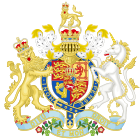
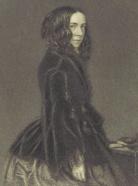

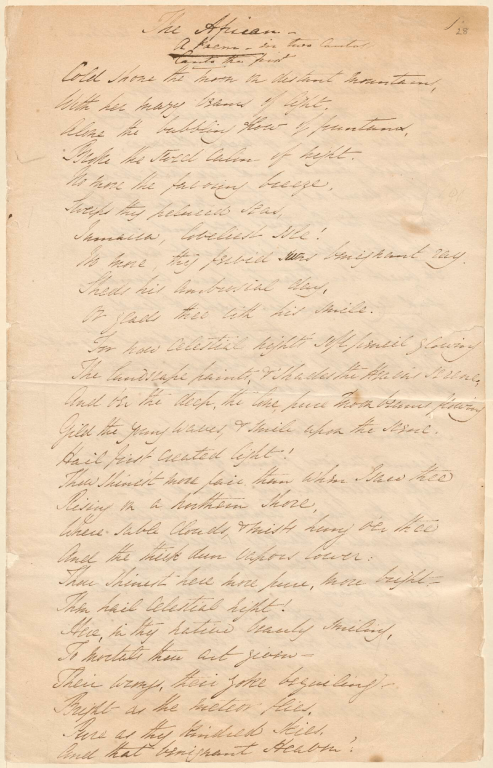 First page of "The African" manuscript.
First page of "The African" manuscript.
